One of my favorite movie franchises is Jurassic Park. In the movie Jurassic Park: Lost World, actor Julianne Moore uses a Nikon F5 in an encounter with a stegosaurus. She was beautiful!…. The camera, I mean, not the actor! If you are a thirty-something, you know the scene I am talking about. The scene is a little problematic (camera nerd-wise) because the f5 makes the wrong sounds, but when I first saw it, I didn’t care. This movie single-handedly started my love of Nikon. I have to apologize, though, because this love story is not about the Nikon F5, a camera that is, in my opinion, the best overall electronic film SLR ever. However, it is about a camera that is also, in my opinion, one of the company’s best digital SLR cameras.
My last conversation about a digital Dino with you all was about the merits of a Canon EOS 1DS MKII. It’s a fantastic camera, but I am happy to be talking about a different camera model this time because it has fewer characters in the name, and I am tired of typing all that out. One of the things that was mentioned to me in the comments of the last article was the size of these old digital pro bodies. Well, it’s tough because I am talking about another thick beast! After all, dinosaurs were huge, and so were these cameras! However, I am a big guy (6ft 2in and 230 lbs), so this camera seems right at home in my hands. If this digital is too big for you, I will talk about a few alternatives later in this article. So let’s get started…
Today, I am discussing another “digital dinosaur”. It’s a digital camera that is still impressive, even after being made 17 years ago. Since there has been a weird rivalry between Canon and Nikon since the film days, and I chose to talk about a Canon last time, I thought it would be fitting to do a Nikon next. Today, I am discussing with you the honorable and robust Nikon D3. It’s Nikon’s first full-frame digital SLR and sits right in the middle of Nikon’s wonderful lineage of digital professional cameras – discounting the amazing 6 main models of professional film cameras and not including all the wonderful S rangefinder models. All of these are things I have owned except for the F6. The D3 came out in 2007, and if we are being honest, as much as I love Nikon, Canon beat Nikon to the full-frame game by a full 5 years. Canon released its first full-frame camera in 2002. I was 12 in 2002, and it still blows me away that Canon had a full frame early in digital technology. That being said, what I think Nikon did better than Canon full-frame cameras with D3 was its better ISO performance. I would even say this Nikon camera sparked the ISO revolution. Unfortunately, I think the D3 will forever sit in the middle of the professional D series cameras. Just as Nikon moved away from film SLRs in the early 2000s, Nikon moved on to digital mirrorless as the professional tool of choice today, and I believe the D6 will be the last flagship pro-SLR camera. But who knows? Nikon makes weird decisions. Like coming out with a new pro film camera, the Nikon F6, in 2004 (side note: this camera was being sold until 2019). For film, the writing was on the wall at this point. But please, Nikon, keep making these weird decisions…Nikon, if you are reading this, my dream would be a ZF rangefinder similar in size and look to a Nikon S3, but use the old F mount, not the Z mount. It would be just like Nikon’s version of a Leica M11. Yes, yes, I know there are issues with flange distance to the sensor, but we aren’t going to talk about that here….Anyway, I digress.
Back to the D3. Why am I writing this about the D3? Maybe this information will help somebody in the same situation I am. Or maybe this will just be an interesting read. Either way, thank you for reading this far! I purchased my D3 as part of my ongoing search for a digital camera that would satisfy my film-shooting itch. Weird right? But here is the problem – I shoot too much film. Film is an addiction, and like all addictions, it comes at a cost emotionally and monetarily. Maybe my digital pursuit is akin to the marketing for an e-cigarette. It almost scratches that itch, but the addiction is still there. (I would like to add here that I don’t smoke, but I thought it provided a good analogy).
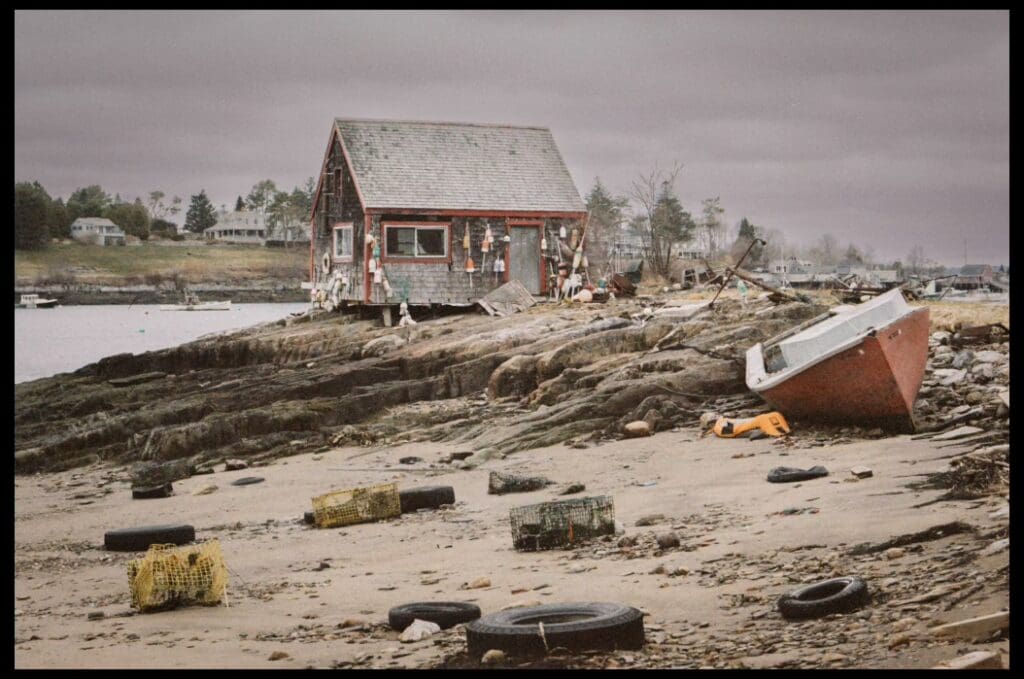
Anyways, on this trip to Maine, I shot 12 rolls of film that are expensive to process. A digital camera, by definition, shoots digital images, not film, and my overall opinion is that most digital cameras today still produce too sterile an image for my taste. Yes, I do know of the wonderful digital files coming from the x100 series, but they are still expensive cameras, and we are talking digital Dinos. And yes, you can edit raw files to no end to get them like film, but I’d rather get something that I like right out of the camera. My theory with this digital camera was that since it had a lower resolution of 12mp and usable ISO ranges up to 6400, it should produce filmic images at the higher ISO ranges. This was my theory, anyway. Long story short, this is sort of true. Unlike film, digital files still needed to be manipulated to get a film look, and even then, it was not a film, and it still looked digital. However, the grain produced naturally from the sensor in the D3 at higher ISO range was very pleasant without editing or adding it. It gave me very much sharper crunchy uniform grain like you would see in maybe a Tmax film versus the blobs you get in Trix. At the higher ISO ranges up to 6400, I did not see yucky banding, which always bugged me on other cameras. If you advertise these ISO ranges, they should be able to shoot at those ranges without issues. In short, the camera does produce beautiful files rich in saturation and beautiful grain unique to anything I have ever used, but it’s still not 100% for me in terms of a “film look,” but it comes close. The best I can describe is when my wife looks at my digital photos and says “They are too dark compared to your film pictures,” and she is right. I think this has something to do with the higher contrast that modern cameras and lenses produce. This is something that I have tried to play with in Lightroom with different presets and whatnot, but I have yet to figure it out all the way.
One thing I have found to make a more “filmic” image that is less clinical is to use a lens from the film era. These usually show film-like flaws on digital cameras. So what did I use? Why, of course, I borrowed the Nikkor 58mm F1.4 AFS lens from Camera Store West. I was going to add more on this lens but decided to do a separate review, so stay tuned. In short, it was fantastic and really does make a film image on digital Nikons, but the caveat is it’s not a film-era lens, and it’s sold new. I did some research and banked on the fact that lots of people think this lens is too soft and vignettes too much. When it came out, the 58 was really polarizing with photographers: some loved it and some hated it. This sounded right up my alley and has the added bonus of fantastic autofocus.
One of the things I love about the Nikon D3 F mount is the fact that it can use almost all of the F mount lenses! The only ones it cannot use without modification are the oldest non-AI (auto indexing) lenses and the wide-angle lenses that protrude into the mirror box. Additionally, because of the popularity of the new Z mount, F mount lenses are becoming cheeeeeeeeap! I saw yesterday that the autofocus D-type lenses can be bought at fantastic prices. The 50mm F1.4 D can be had for $120 and the 35mm F2D can be had for just under $200. The 85mm F1.8 D is also amazing. The 85 can be had for under $200 too! One of my favorite photos ever was taken with the 85mm F1.8; just don’t buy a 28mm F2.8D because it’s a turd of a lens. There is a reason you can find it for under $100. I thought that was a myth until I tried one compared to the older AIS non-autofocus version.
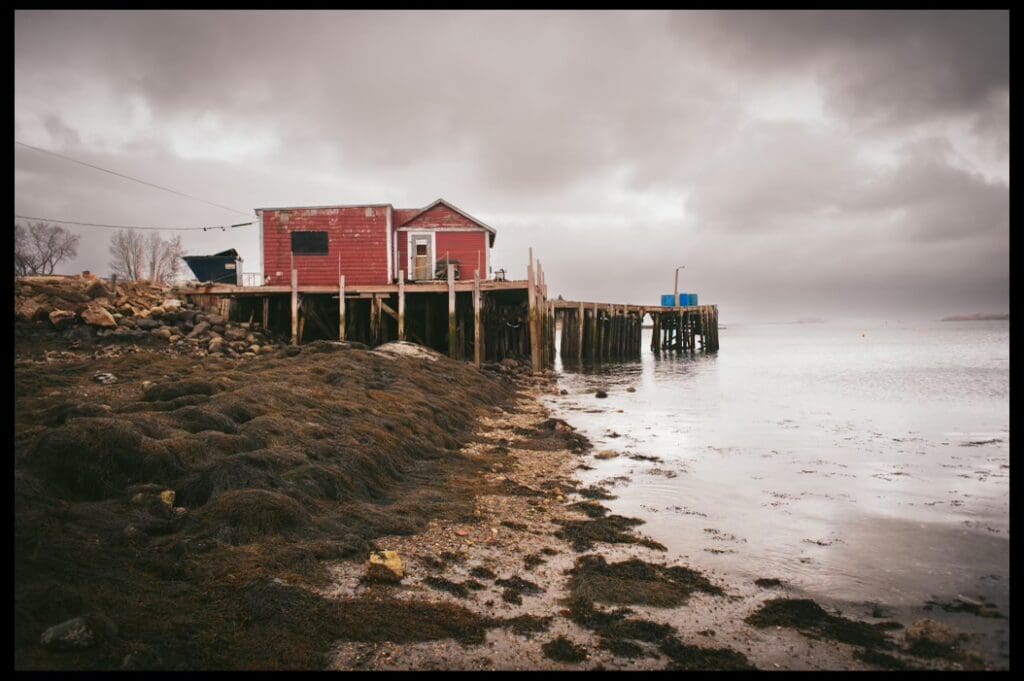
If you want to experiment and play with an even older Nikkor lens, you are in luck! Nikon made AI and AIS lenses since the 1970s, and they work great on the D3. AI or Auto Indexing just means your lens has a tab on it that actuates a tab on your camera. This tab tells the camera what aperture you are using. Nikon started using these AI i lenses in 1977. Even cooler is the fact that many of the even older NON-AI lenses that won’t work on your D3 have been converted to AI, and you can use them, like my trusty 20mm F3.5 UD Nikkor. One thing to look out for with these converted AI lenses is the ones somebody ground the aperture ring to index. Proper conversions use factory parts and are not as crude. (I’ll include a photo of both.) The D3 even has matrix meters with these lenses and shows metadata, but you do have to program it in the camera. Once you have your manual lenses stored in the camera, you can use the function button to change between them when you change the lenses. Just make sure you do this with each lens (include a picture of this). The only downside is that you can only store up to 9 lenses at a time. The only two camera systems I can think of that have this sort of backward compatibility are the Leica M system and the Hasselblad V system with the CFV backs. The only two caveats would be that it does not include adapting old lenses and that the Nikon F Line is kind of a dead system now.
About the trip and how the camera performed.
Another reason I purchased this camera is that I knew that I was taking a trip to Maine over my spring break from teaching, and I wanted to try something different and unusual. Interestingly, before I went to Maine, I chaperoned a trip to D.C. with my high school seniors, and this gave me time to suss out if this would be a good camera to take to Maine. I have three criteria with all cameras that I like to adhere to:
- It needs to be robust. I am really hard on things and I need them to be able to perform.
- It cannot have shutter lag time, I hate it when a camera has a lag in the shutter release.
- I really like having a film counterpart to a digital one with forward and backward compatibility.
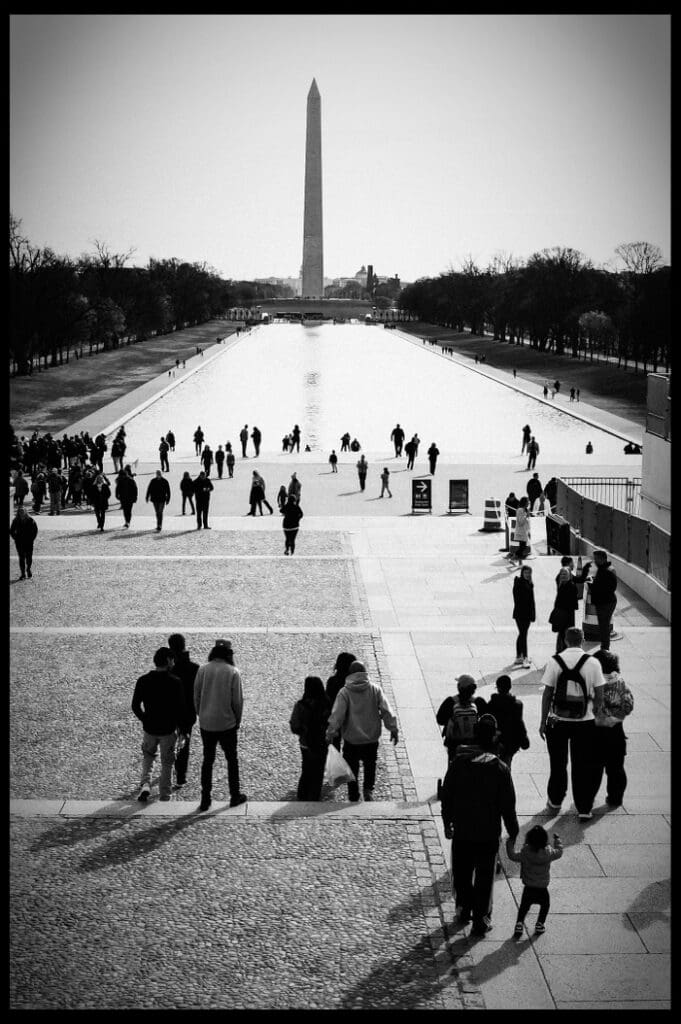
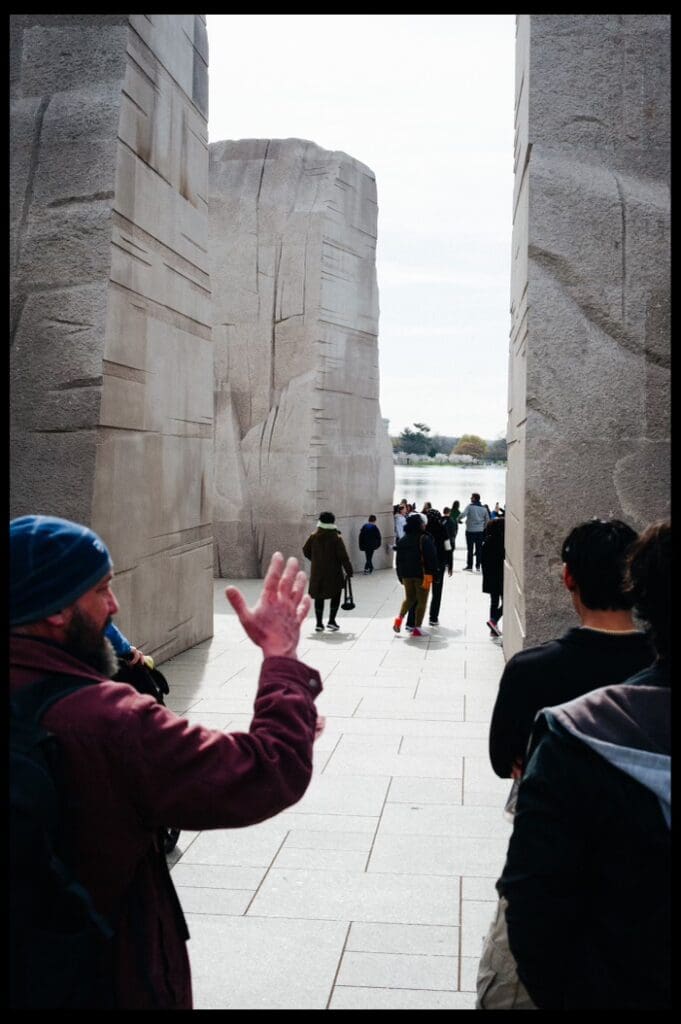

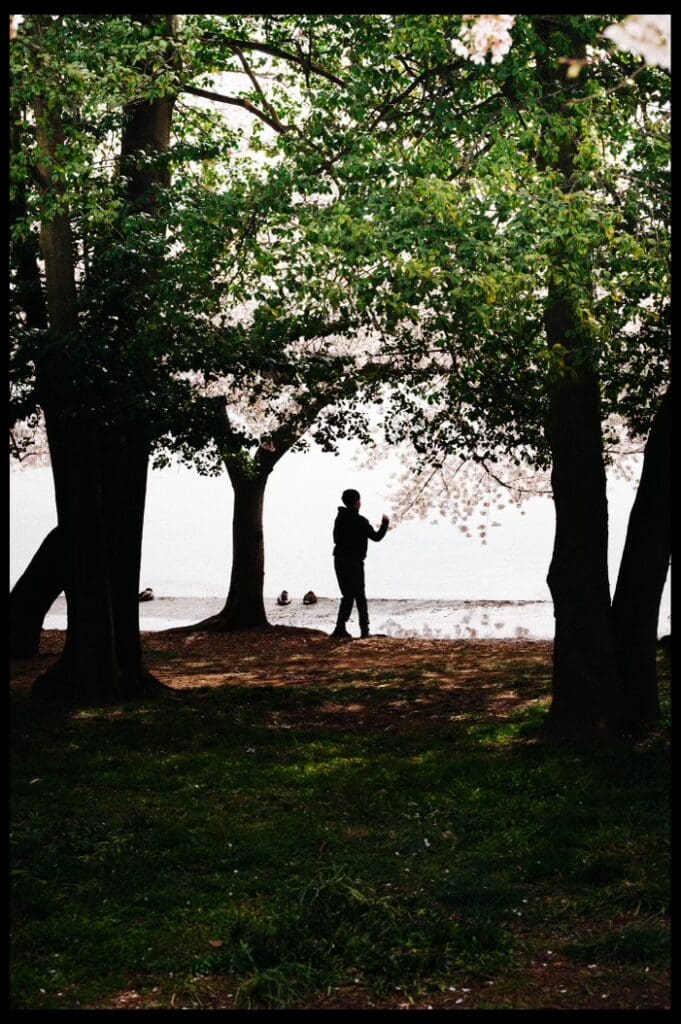
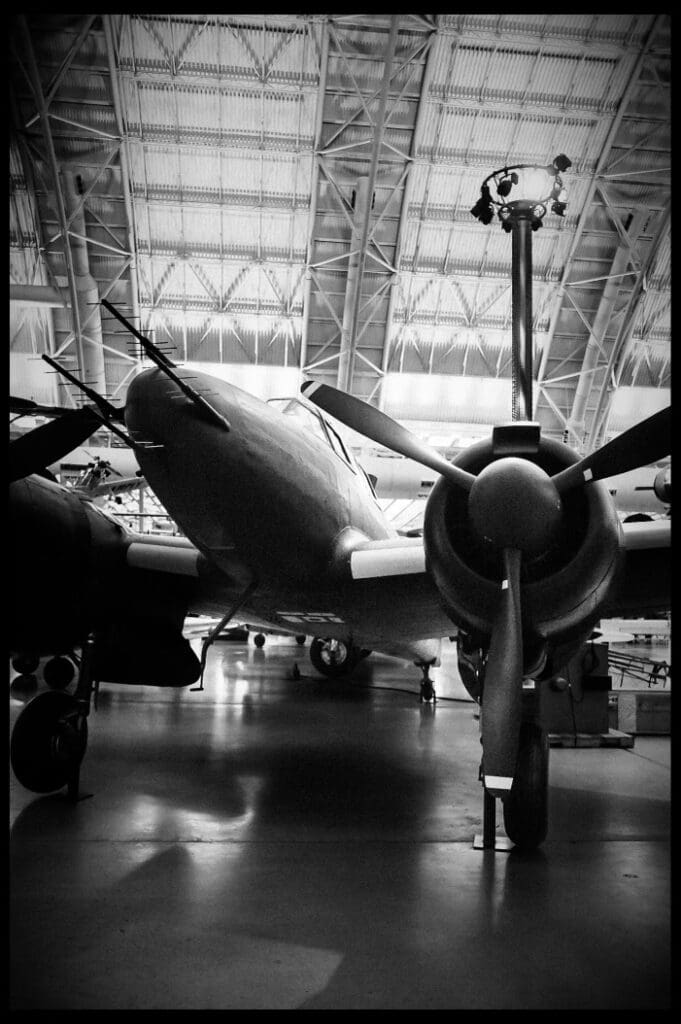

For my Maine trip, I knew I wanted to pack a film/digital combo with flexibility and compatibility. In addition to that, I wanted something I would not have to worry about in harsher conditions, like climbing up rocks and being in cold weather. ( I would find that I was really happy I bought a pro-spec body because the weather was atrocious one day.) So for this trip, I went for the big guns. I decided my F5 and new D3 would be the perfect digital/film combo. Caveat: I did also bring my Rolleiflex 3.5f and Ricoh GR1S. This would actually be my second trip to Maine, and ironically on the first trip I took the first digital dino I own – the EOS 1DS MK II. So, how did it stack up…
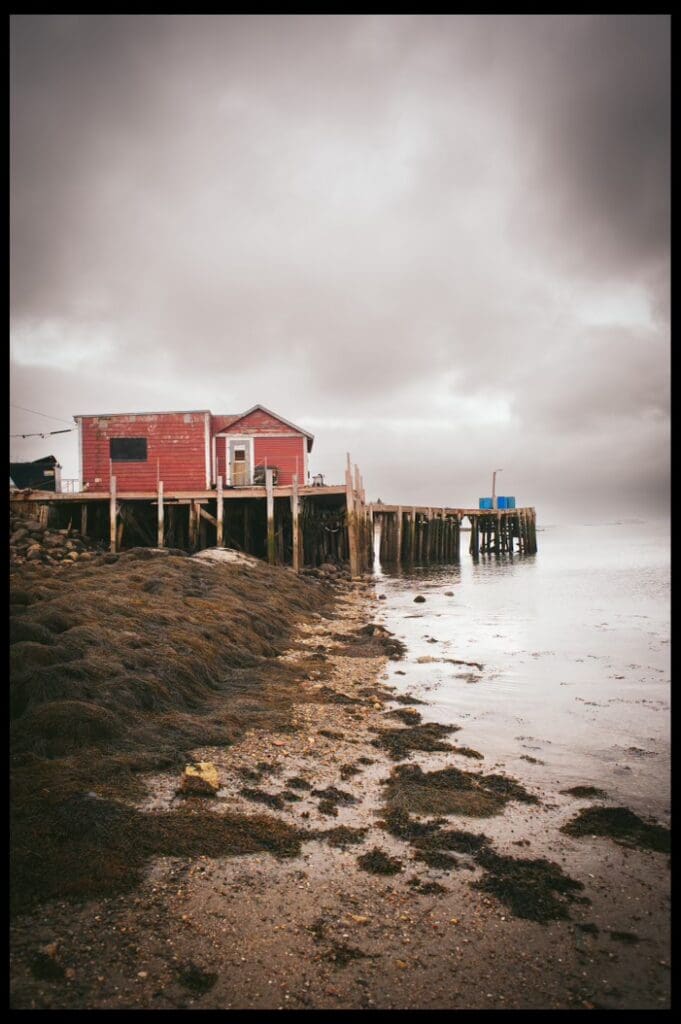
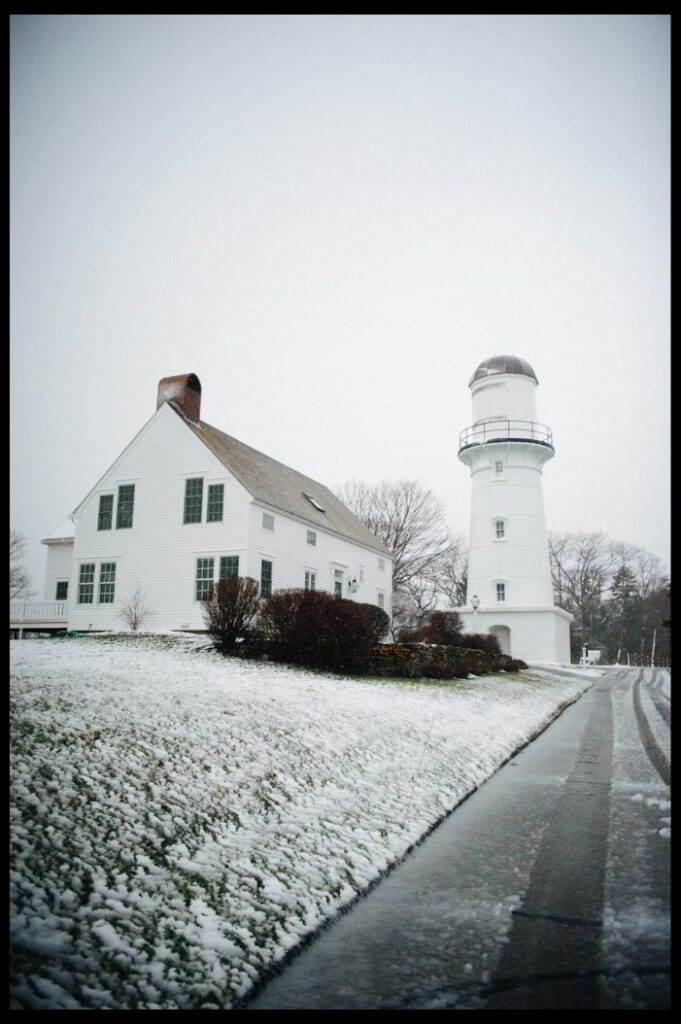
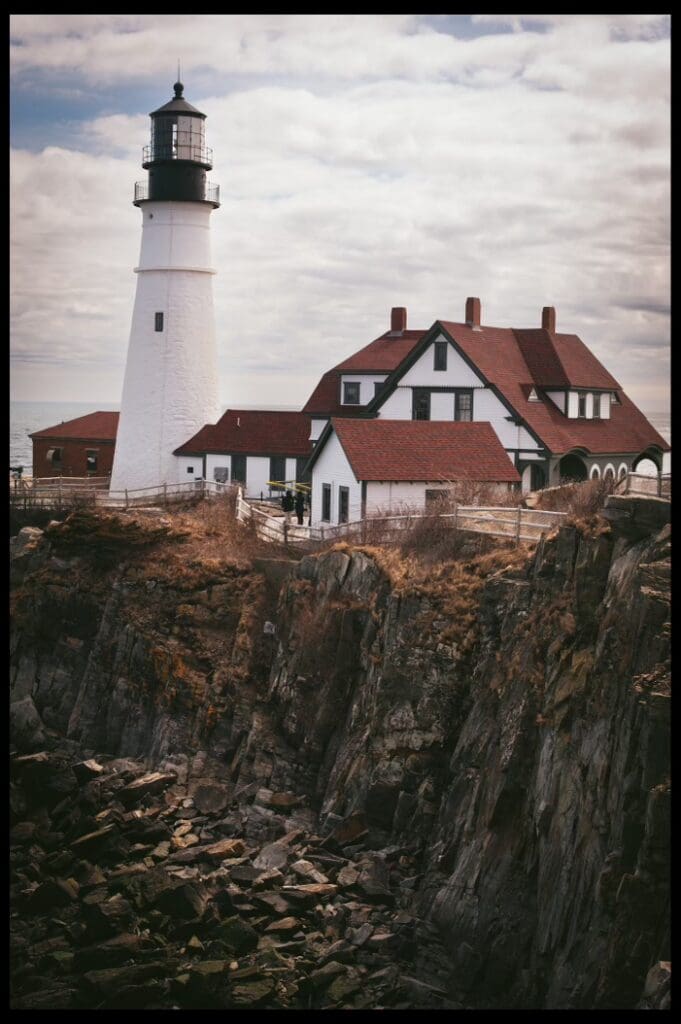
Let’s talk about the robustness, design attributes, and build of the camera. This camera is built like a tank. If I compare it to a Nikon F5, the D3 seems lesser. It’s a little lighter, and the body metal seems maybe thinner, but I think this is to make it lighter. That being said, many photographers I have talked to have said that the D3 was the toughest Nikon digital ever built. I would have to agree, it’s tough as nails for a digital camera. It would survive in Julianne Moore’s hands in Jurassic Park, no doubt, but also I wouldn’t recommend leaving it in a rainstorm unless you are being chased by a T-Rex in a Costa Rican jungle during the rainy season. “) In fact on my Maine trip we had both a wind/sleet/rain storm with 40 mph winds and some beautiful sunny days and it stood up to both. It performed great. However, autofocus was a little annoying with the snowstorm because snow kept attaching itself to my front filter.
The design of the D3 follows design cues that date all the way back to the Nikon F3. One of the things I have always loved about the Pro Nikon cameras is the big, bright, 100% coverage viewfinder. It’s a fantastic feature, and you don’t know what you are missing till you try one. Another design element integrated into the D3 started way back with the F4 from the late 1980s and arguably with the F3 from 1980, and that is the power switch around the shutter button. Something that has always irritated me about Canon was the fact they did not have an elegant solution to an on/off switch like Nikon. I do, however (and this could be just me) miss the power switch lock that can be found on the F5 film camera. Additionally, the screen on the back was a big improvement over the D2 series. The D3 was also the first Nikon DSLR with dual card slots. The dual card slots have been available on all the Pro DSLR cameras since the D3. This camera also has an Iso range of 200 – 6400 and is expandable 1 full stop in both directions. I would not use the expanded ISO range for color as things start to get a little weird, like off color pixels and weird artifacts, but this camera is from 2007 and it has better ISO performance than a Leica M240 I would say. And it’s at least 2 times as good at high ISO over the Leica M9 of 2009. Sorry Leica I love the M240 and M9 and have owned and loved both.
There are some trade-offs to using Nikon D3. If you don’t like big cameras, I don’t think you should even be looking at Digital Dinosaurs. The D3 is big! Sometimes I do wish that Nikon made it more like the EOS 1 series film cameras where you could take off the power winder battery grip and replace the grip with a smaller one. It’s hard to explain, but the way Canon did this with their power battery/winder grips is a much more elegant solution to make a pro body smaller and more versatile. Look this up if you don’t believe me: Canon EOS1 and pB-e2. The F4 did something like Canon but it was not as elegant as the Canon design for battery winder pb grip. I think for Nikon, this was just too much of a cost in R&D to make happen, and it was probably cheaper just to make more amateur smaller bodies like the d300 and d700.
There are alternatives to the D3. If you are looking for a smaller full-frame camera, the D700 is a legend in its own right and is said to have the same sensor in a smaller form factor as the D3. If you are a Canon guy, the 5D classic would be a cheaper alternative. Additionally, putting size aside, the D3S has a higher ISO range and some sensor tweaks, and the D3X has a higher resolution at 24mp the D4/D4S cameras are a step further and are indeed a better camera but they do still hold a higher price than I was willing to pay and I don’t know if they quite qualify as a digital dinosaur. I think I would give the D4 series a few more years to season as a digi dino.
Final Thoughts
In conclusion, this camera can be had for cheap! If you are into using vintage lenses this is a great way to do it; it’s a pro camera so you know it’s built to get photographs in Jurassic Park. The ISO is better than much more modern cameras that I have used; it feels and shoots like a film camera and it’s a good companion to a film camera. In the end, after buying and using two cameras that are well over 10 years old, I am sold on them as great, usable cameras. They are great for changing your perspective of shooting, and these digital dinosaurs have helped cure some of my creativity blocks. However, my perspective of this camera comes from a film shooter’s perspective. If I had been a professional who had shot the latest mirrored cameras for the last 10 years, I feel you might be disappointed with the resolution. Other than this small quibble, the D3 is a perfectly usable camera today, and I would not hesitate to use it for the foreseeable future.
That being said, since I started writing this a new digital camera has been brought to market that has caught my eye. The Ricoh GR III HDR!…but I just got settled with the Nikon D3. I think I am giving in. This HDR feature just might make the Ricoh grIII HDR my next digital camera to satisfy my quest for a filmic digital. Sh** I can feel the GAS! How did this happen so quickly? Do you all think Camera Store West has any in stock?? Can I get one?
Thanks for reading, everyone!
Robert Chestnut



